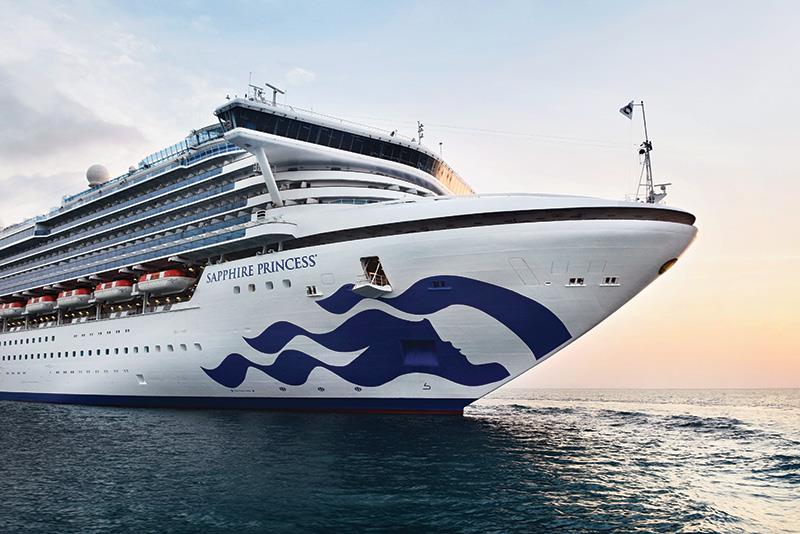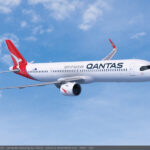
Kingston, Jamaica (TAN): Data from the Statistical Institute of Jamaica shows cruise tourism has seen an almost 300 per cent increase in earnings over the past 10 years.
In 2008, the sector earned 7.5 billion in Jamaican dollars (USD 59 million) and in 2017 cruises saw earnings of 22.6 billion Jamaican dollars (USD 176 million).
Last year, over 4.3 million visitors arrived in Jamaica – 2.4 million via airports and a further 1.8 million by cruise. These visitors generated approximately USD 3.3 billion in earnings, an 8.6 per cent increase over 2017.
[ALSO READ: What is the Homestead Act monument in US that is drawing tourists?]
“Cruise tourism for Jamaica has been a journey of growth and development over many years. What we recognise as well is that cruise provides the best and most immediate form of conversion of wealth into the pockets and economies of the local destination. The impact of this sizeable earning therefore has been instantaneous in the communities across the country,” Jamaican minister of tourism Edmund Bartlett announced at Jamaica Vacations’ (JAMVAC’s) Cruise Council cocktail, according to International Travel Daily News.
JAMVAC Limited, an agency of the Jamaican ministry of tourism, has direct responsibility for cruises. JAMVAC’s executive director Joy Roberts said 2018 had been a great year for Jamaican tourism and JAMVAC.
[ALSO READ: Are you taking advantage of the Norwegian sale to Scandinavia?]
“We were able to see our strategies and work bear fruit. Jamaica has so much to offer as a destination and that is why it was important for us to promote brand Jamaica not only to the traditional markets but to also seek new markets with diverse interests. I have no doubt that 2019 will prove to be an even better year for Jamaican tourism,” International Travel Daily News quoted Roberts as saying.
Increased cruise arrivals is a key component in the Jamaican tourism ministry’s strategy to not only increase overall economic growth but to promote inclusive tourism. Benefits from cruise tourism positively affect a wide range of Small and Medium Sized Tourism Enterprises (SMTEs) as well as local service providers including contract carriage operators, craft vendors, artisans, food and beverage producers, local community groups, DJs and entertainers.




